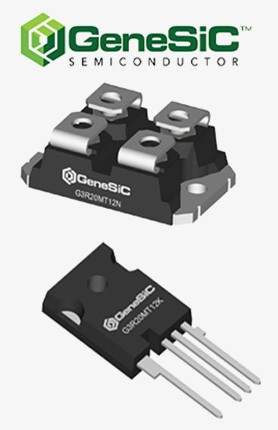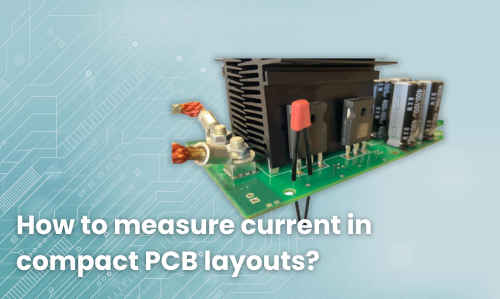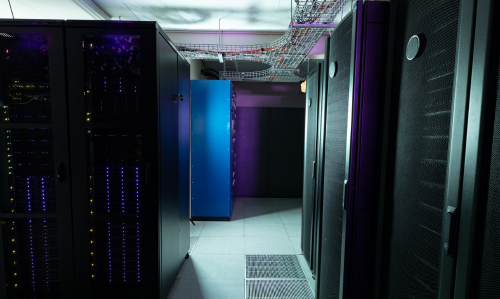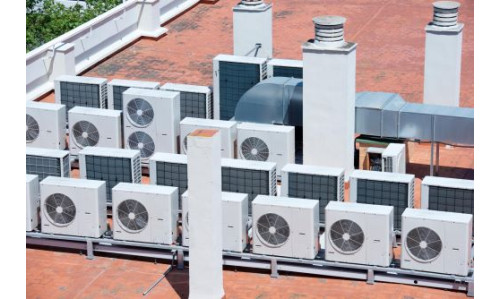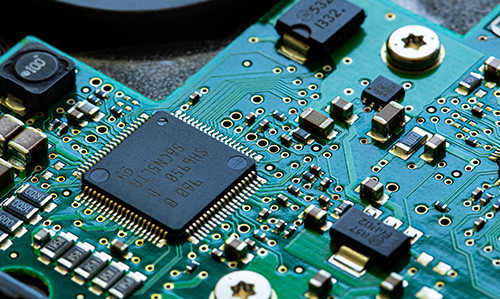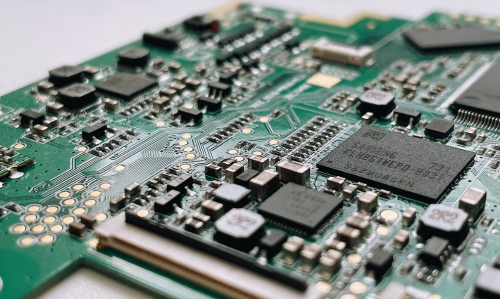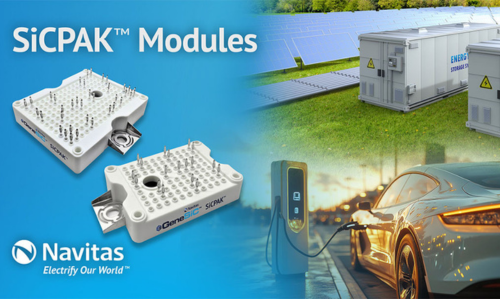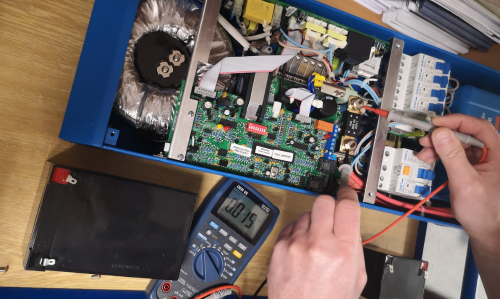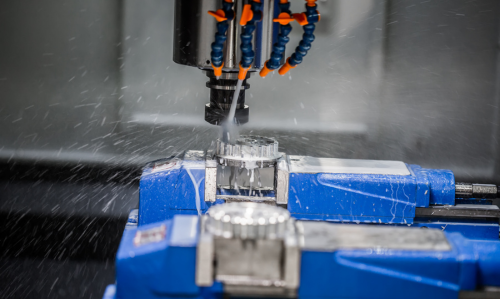The article discusses the importance of fans and cooling systems in control cabinets. It explains how to ensure proper airflow, protect components from overheating, and increase reliability and efficiency in industrial applications.
Latest posts
-
Control Cabinet – How to Design Structures Resistant to Industrial Conditions?Read more
The article discusses the principles of designing control cabinets resistant to industrial conditions. It explains the importance of proper enclosure construction, compliance with IEC standards and IP protection, as well as the role of cooling systems, prefabrication, and proper installation. It emphasizes the need to ensure safety, reliability, and maintainability of cabinets. It provides practical guidance on component selection, equipment layout, and maintenance to ensure stable operation...
-
How to measure current in tight PCB layouts?Read more
The article presents innovative Rogowski probes from the PEM CWTUM-F and CWTUMHF-F series, designed for precise current measurement in tight PCB layouts. Thanks to their unique branched design, they allow non-invasive access to hard-to-reach conductors while maintaining high bandwidth (up to 30 MHz) and noise immunity. The new probes are used in the diagnostics of power converters, inverters, and motor drives, offering accurate reproduction of rapid current changes even in demanding...
-
What are shielded cabinets and enclosures?Read more
The article explains what shielded cabinets and enclosures are and how they protect electronic equipment from electromagnetic interference (EMI) and electromagnetic pulses (EMP). It describes their operation as a Faraday cage, practical applications in data centers, laboratories, the military sector, and industry, as well as how to select the attenuation level according to needs. It emphasizes that investing in such solutions increases equipment reliability and data security.
-
How Does the Magnetic Field Penetrate Shielding Materials? Analysis and ComparisonRead more
The article discusses the penetration of magnetic fields through shielding materials and the factors determining the effectiveness of protection: the skin effect, the presence of holes and gaps, and the conductivity of fibers across different frequency ranges. It presents the results of tests on six materials – from ineffective to highly attenuating – emphasizing that the choice of shielding requires consideration of electrical properties, structure, and operating frequency.
-
DACPOL SERVICE – opening of a modern production facilityRead more
DACPOL SERVICE, a dynamically growing Polish family-owned company, proudly announces the opening of a new production facility in Mikówiec, near Góra Kalwaria. This investment encompasses over 5300 m² of modern production and warehouse space as well as office and social facilities, designed with future growth and the highest industrial standards in mind.
-
Energy Efficiency in Industrial Air ConditionersRead more
In the industrial sector, where air conditioners operate continuously for many hours each day, efficient energy use directly impacts operational costs and the working environment of the equipment. This article explores what energy efficiency in industrial air conditioners truly means, the technologies behind it, and how it translates into tangible savings.
-
Why Invest in Industrial Control Cabinet Air Conditioning? ROI and Extended Component LifespanRead more
Investing in an industrial air conditioning system for control cabinets is increasingly not a luxury but a necessity—especially in applications that require continuous operation and high availability. In this article, we explain why such an investment is worth considering, how to translate it into concrete figures and return on investment (ROI), and what technical data supports this decision.
-
How Do Air Conditioners Affect the Reliability of Industrial Automation?Read more
The increase in automation and miniaturization of components makes automation systems increasingly sensitive to environmental conditions. Overheating, moisture, and dust are the main factors that shorten equipment lifespan and lead to downtime.
-
Application of Air Conditioners in Harsh Environmental Conditions – Dust, Humidity, Extreme TemperaturesRead more
Modern industrial electronics require effective protection against overheating – even in the most extreme environmental conditions. With the increasing level of automation, miniaturization of components, and higher component density, the demand for efficient cooling systems is constantly growing. Where traditional passive methods fail, the use of specialized industrial air conditioners becomes essential – designed to operate in environments with high humidity, dust, vibrations, or extreme...
-
What is a DC meter and how does it work?Read more
Energy installations are increasingly based on direct current – from photovoltaics, through energy storage systems, to EV charging stations. In this article, we explain what DC meters are, how they work, and where they are used. We also take a closer look at the DCBM series from LEM – advanced direct current meters that combine measurement precision with safety and the ability to bill energy in compliance with the MID standard.
-
What are the methods for controlling conducted emissions?Read more
The article discusses the key methods for controlling conducted emissions in electric vehicle (EV) chargers. It explains why conducted emissions pose a challenge for EMC compliance and how proper design, filtering, and testing can effectively reduce interference. This guide is aimed at designers and manufacturers who want to quickly and smoothly obtain CE, FCC, and UKCA certification.
-
DACPOL podczas Święta Wydziału Elektrycznego Politechniki WarszawskiejRead more
W piątek mieliśmy przyjemność uczestniczyć w wyjątkowym wydarzeniu – Wydział Elektryczny Politechniki Warszawskiej miał swoje Święto. Spotkanie zgromadziło kadrę naukową, studentów, absolwentów oraz przedstawicieli firm współpracujących z Wydziałem, w tym również reprezentantów naszej firmy.
-
Testing integrated circuitsRead more
The main advantage of analyzing a device’s immunity at the integrated circuit level is that such testing does not require consideration of the influence of the circuit’s design on electromagnetic compatibility (EMC). This analysis includes, for example, the design of the printed circuit board, the nature and availability of connectors, and the enclosure. The article describes the relationship between testing at the device level and at the integrated circuit (IC) level.
-
What is EMI and why should you care about it?Read more
EMI (Electromagnetic Interference) refers to unwanted signals that can disrupt the operation of electronic devices. As electronics become smaller and more complex, they also become more susceptible to such interference. EMI can lead to errors, instability, or even system failures. That’s why proper circuit design — including electromagnetic shielding at the PCB level — is so important. This article explains how EMI shielding works, what materials to use, and how to avoid common design pitfalls.
-
Navitas introduces the latest SiCPAK™ power modules – a new standard of reliability and performance at high temperaturesRead more
Navitas Semiconductor, a leader in GaN and SiC technology, has introduced new 1200V SiCPAK™ power modules with epoxy insulation, offering five times better thermal resistance than traditional solutions. Thanks to proprietary GeneSiC™ SiC MOSFET technology, the new modules ensure lower power loss, higher reliability, and resilience in extreme conditions. They are designed for applications such as EV chargers, industrial drives, UPS systems, and photovoltaic installations. As a pioneer in...
-
Intrinsic Safety - Basic Guidelines for ProceedingRead more
This article explains the process of intrinsic safety verification, covering key aspects such as zone classification, device groups, temperature classes, and cable requirements in intrinsically safe circuits. It provides five essential tips for selecting the right equipment, ensuring proper documentation, and meeting safety standards like IEC 60079-14 for explosive atmospheres.
-
Telescopic covers – what are they and why are they important?Read more
Telescopic covers are an important element of industrial machines, providing protection and longevity to equipment. Learn how these innovative solutions contribute to performance and safety, which materials are used, and what their production and repair processes look like. Discover how the right selection of telescopic covers influences the optimization of machine performance, including modern machining tools and high-speed systems

